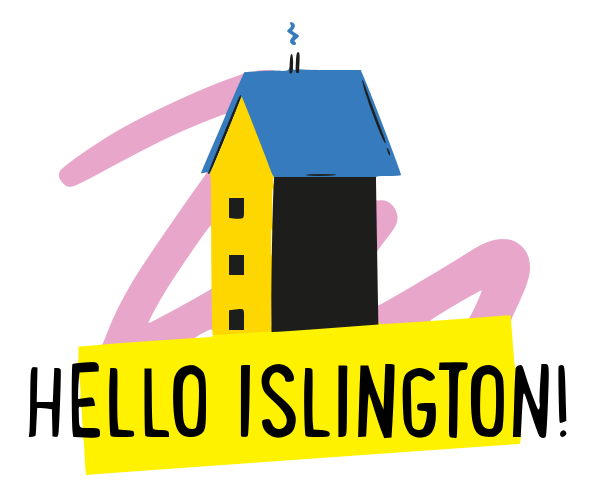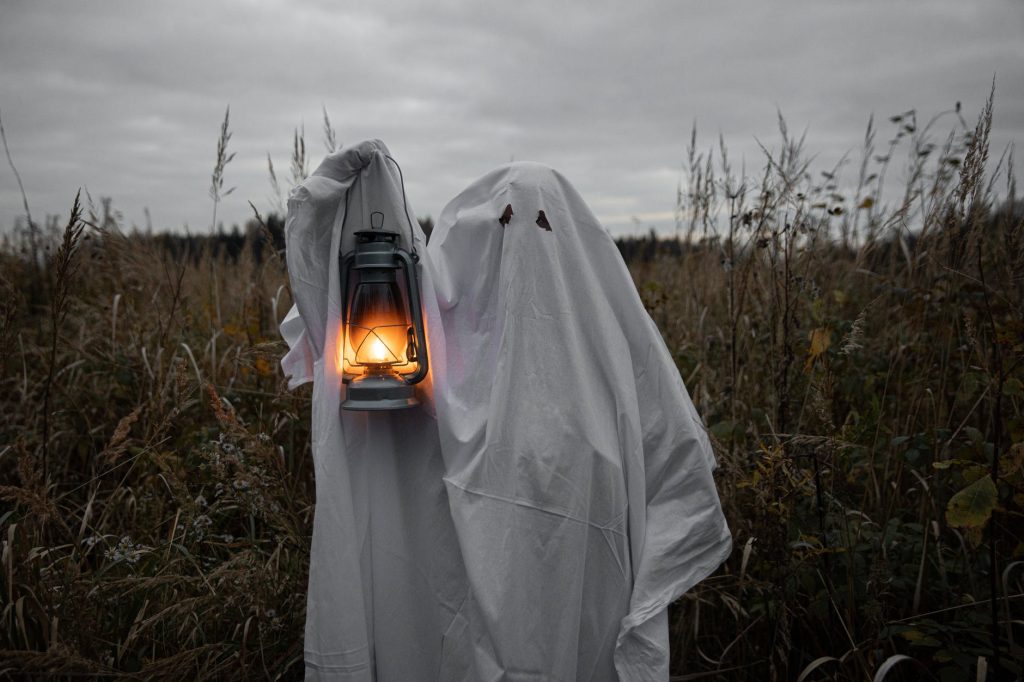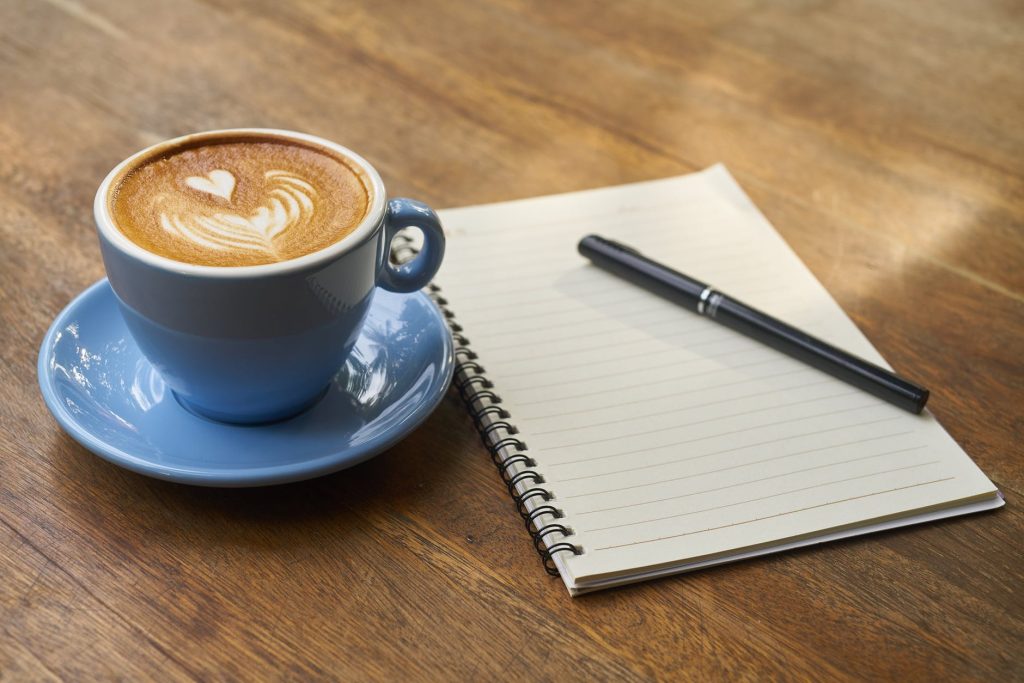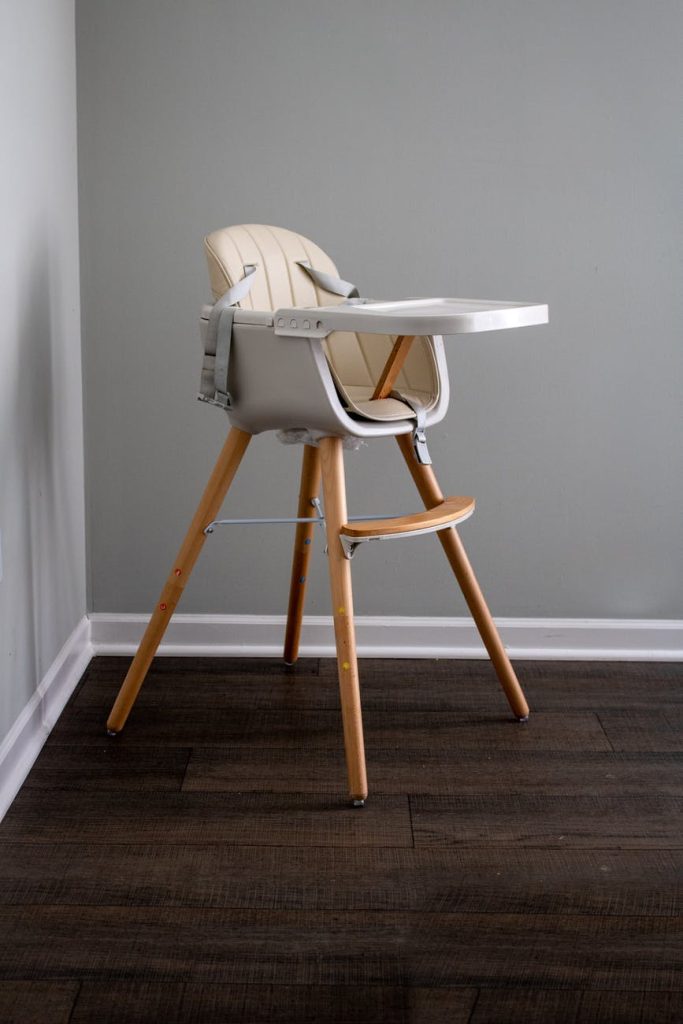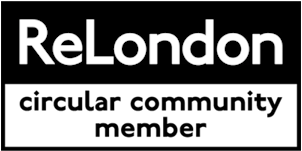I’ve always been interested in the green economy and being more ecologically aware. Upon leaving the grey world of investment banking, I shuffled into the green sphere of the industry, firstly by making coffees in my local park to raise money to make the space even nicer, then working for a social impact fund that helping others improve their local parks, then taking a certificate in ESG investing to understand what was being done at scale.
At the same time I began decluttering my home and became obsessed with waste; thinking why the end of life of our purchases are so complicated compared to the simple process of buying them?
As we accumulate more and more stuff, made ever easier by online purchasing and instantaneous delivery, we need to work out better what to do when we’ve finished with it, especially to avoid it ending up in landfill. Why are these end-of-life journeys not considered at the very beginning of their life whilst they’re being designed and sold? Why am I doing all this research, surely with all these headlines about Britain going green, this should be easy?!
As every parent can sympathise, having children accelerated the accumulation-chucking cycle in my household even further – how do creatures so small generate so much stuff? Each time they are finished with something I would research and hoard until I could find someone who would reuse it – a hugely time consuming “hobby” – making waste management a constant item on my list of priorities.
Matters came to a head with my old coffee machine. It wasn’t too old, it was still making decent coffee, but it needed a small repair and my kitchen surface needed some more space. I didn’t want to put it in the bin, nor was there an obvious place to make it reusable. All it needed was a small repair to the heater element. What was the best thing to do? I started researching; it took time and I discovered lots of options – for both fully functioning and broken machines. Sadly, the fault that mine had was too tricky and expensive to fix easily and the manufacturer wouldn’t take it back, so I reluctantly took it to our local recycling centre. The guilt of doing this, plus the inordinate amount of research I had already undertaken, sparked a light. There must be better answers – it shouldn’t take six hours of research on the internet, calls to local repair businesses and hassling the manufacturer to figure out what your options are.
I told my friends about my experience and shared my research. Soon, more friends and colleagues were asking me what to do with their old stuff, as they didn’t have the time to do it themselves, yet were keen to do the right thing and be as sustainable as possible with their disposals. Many of us know about the basic hierarchy of waste options that proponents of the circular economy promote: first reuse / redistribute, second refurbish/ remanufacture and recycle and throw away are reserved as the last options. But surely there are other considerations to think about like convenience, the energy usage of each choice, and the potential for further dispersal along the recycle chain that might lead to landfill? There has been a huge growth in platforms that help people give things away, share or resell, but many are very local or not well publicised, and often the last ditch solution (if a new home cannot be found) – throwing something in the bin – is not discussed at all.
GoodMine will be an information hub for people to help shortcut the research on how to dispose of our unwanted goods and provide options that outline the benefits to both people and the environment. It won’t be prescriptive, but at least our users will understand what their different throwing away choices will entail. It will be iterative, growing and improving with each search query and the feedback GoodMine’s users provide.
Please take part in our survey https://bit.ly/ThrowAwayBetterSurvey giving the details on your unwanted items. Each search and solution that the survey generates will ensure a better automated consumer experience when we fully launch next year. Thank you!


